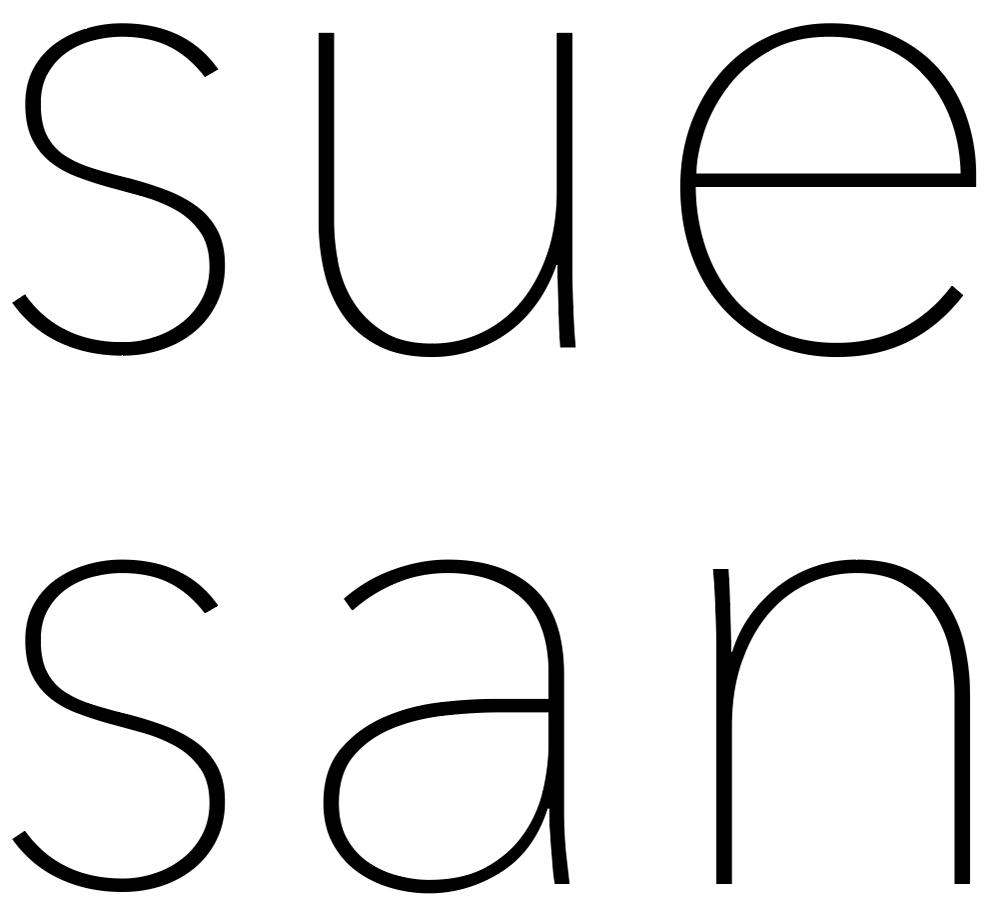RETAIL RESCUED
how might we incentivize grocery store employees to increase food donations at retail locations?
Over the course of 10 weeks, my team and I worked with Feeding America and Greater Chicago Food Depository to design a better service experience that meets the needs of our food insecure neighbors, local agencies, and retail stores. We aimed to implement a solution that gets more food to the people that need it in a safe, respectful, and convenient manner.
the team
Gar Waterman, Ellen Owens, Ivan Calvachi, SueSan Chen, Colin Brown
my role
During the research phase of the project, I personally conducted five in-context, expert interviews and spent over 15 hours volunteering at local pantries, observing in retail locations, and participating in analogous services. Once we synthesized our insights as a team, I created prototypes with realistic donation information to test which metrics are most appealing for different stakeholder groups.
research insights
stakeholder map
journey map
retail stores
By observing the donation sorting process at Jewel Osco, a local grocery chain, we realized that employees have the most influence on what food gets donated, but receive no direct benefit from taking the time to sort out food donations.
"Corporate wants us to donate more food but we don’t see or understand the benefit, especially when it gets busy. It just feels like extra work for us."
“Having our managers talk about it in our meetings helps more. When we just put food in the box to check it off, we don't see the person on the other end.”
service blueprint
From our insights, we decided to focus on incentivizing grocery store employees to donate more food. We used a service blueprint to map out the current process and identified that employees lack information about the impact of their actions.
We augmented the blueprint to include a service that provides employees with live information about donation volumes from their store and noted how that might change the employees’ experience.
prototype testing
The main things we wanted to understand through prototype testing are:
1. What metrics do users find most engaging when considering the impact of retail rescue donations?
2. How do users interpret metrics when their impact is compared to others?
3. How should the metrics be made visible to the user?
2. How do users interpret metrics when their impact is compared to others?
3. How should the metrics be made visible to the user?
1. Through a card-sorting activity, we found that users found the most compelling donation statistic to be number of meals rescued because it most directly ties their actions to their food insecure neighbors.
2. Based on the participant’s preferred metric, we asked them how they thought their store was performing. We found that their perception affected what metrics by which they wanted to be compared against other stores.
3. Finally, we had users walk through a check-out experience with metrics posted at various interaction points. Users shared that they often browse nearby materials when waiting in line.
Our proposed solution is a three-prong approach to better involve and incentivize store employees, managers, and customers:
1. Connect - positively convey store impact to customers
2. Inform - provide relatable, understandable, and engaging information to employees
3. Motivate - incentivize store employees and managers with tangible benefits
connect: employee flair
- Positively conveys store impact to customers
- Establish a sense of achievement for employees
- Highly visible touch point
inform: impact report & donation guidelines
- Monthly report of individual and relative performance
- Donation amounts framed as store’s impact
- Easy checklist to aid donation decision & reduce waste
motivate: shrink management program
- FA manages all food exiting retail locations
- B Corp-style branding to represent store’s values
- Rewards performance that benefits both store & FA
